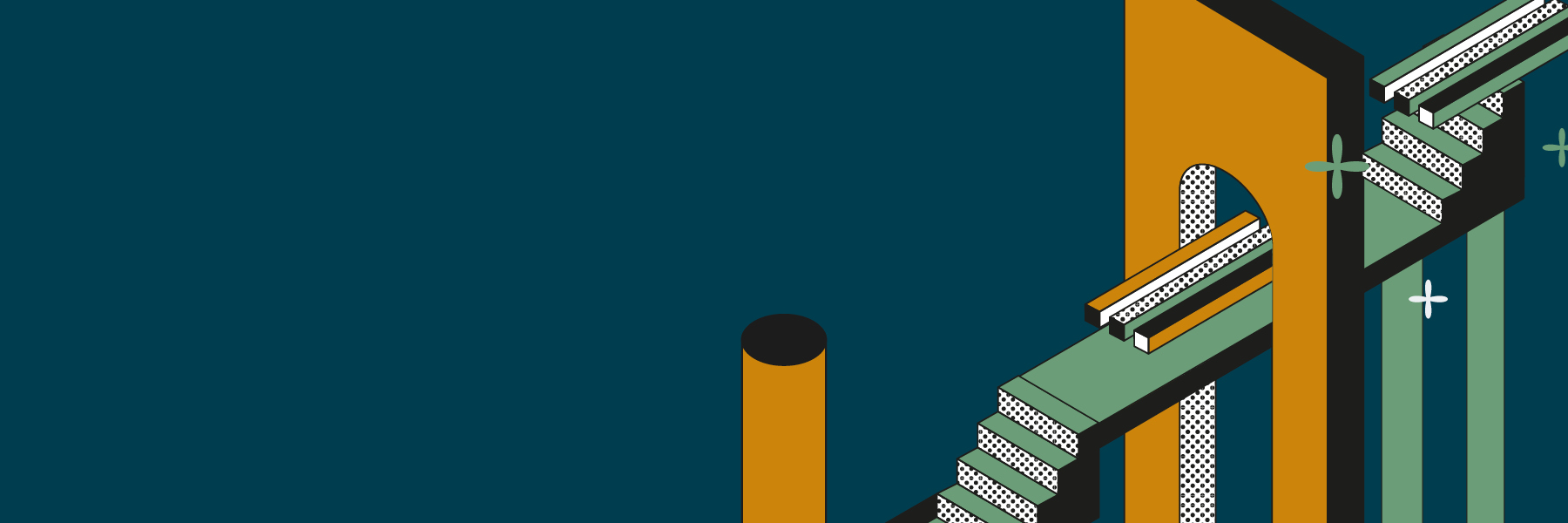
Empowering vulnerable communities through innovative health care
High Blood Pressure (HBP) is the most significant health risk globally, impacting billions of people, often without noticeable symptoms. In 2016, Xavier de las Cuevas, a retired nephrologist from Barcelona and an active member of the non-governmental organization (NGO) Salut Sense Sostre (SSS), conceived the idea of developing a medical device to measure blood pressure. His aim was to create an affordable device that worked without batteries, for use in low resource settings.
Xavier initiated collaboration with the Polytechnic University of Catalonia (UPC) and its biomedical engineering department to realize this concept. However, they soon realized the substantial financial and time investments required to seek regulatory approval. Consequently, they pivoted towards creating an application capable of tracking a patient's health over time and giving data based recommendations.
UPC proposed developing an open-source Android application utilizing OpenMRS. Leveraging Thoughtworks’ expertise with OpenMRS from prior projects, including Bahmni, UPC reached out to us to collaborate on this project in 2022.
Turning vision into reality
Working with social organizations is hugely rewarding, and the distinct challenges they present often spark innovation. Our team tackled the gap between medical and technical jargon by consistently exchanging ideas and ensuring everyone grasped the problem at hand. The team at SSS are mostly volunteer retired nurses, so simplicity was a guiding principle to ensure any users with low technical literacy were fully onboard.
More than just software
One of the first big “a-ha” moments as we got the ball rolling on delivery was seeing the medics and nurses use the app in the real world. The app is a supporting tool in a process that begins long before the visit happens and continues well after the results are shown to the patient. Service design played a key role. We discovered that the space where the visit was happening played a big part in influencing the app. Details like the acoustics of the space, how the patients are received and signing up for their visit, the lack of storage space around the visit area to manage medical devices, and the phone itself.
Open source at its core
Since the beginning, the project’s priority was to help vulnerable people. To support this aim, we made all our software openly accessible. We focused on developing the Android app, designed to provide users with a clear understanding of their blood pressure readings. Through the app, users can easily connect a blood pressure monitor and a scale via Bluetooth. This allows for automatic data collection and presents users with a straightforward overview of the patient’s blood pressure status.
To streamline communication and collaboration among nurses, doctors and patients, we integrated a Telegram Bot. This Bot facilitates communication between patients and doctors, notifying doctors when a patient requires review. Subsequently, doctors can recommend suitable treatments for the patients.
Into the field
Once development was complete, we did several training sessions with the nurses and provided support in the campaign hospital to ease the adoption of the new app, BlopUp, and the new process. We collected feedback that was later used to improve the app and after a few weeks, we witnessed the first patient to improve their health status thanks to BlopUp.
To see a bigger picture of what was happening, we created a dashboard with some metrics about registered patients, high blood pressure population and improvements in health status, among others. We used a solution based on Google Sheets, Apps Scripts and OpenMRS reporting module; this allowed us to get great insights from the product, use familiar tools for our stakeholders, and save them money.




The outcomes
The BlopUp app was introduced to patients in May 2023. Currently, the app requires an internet connection, but there are plans for it to operate offline in the near future.
Over the past 10 months, we've executed 10 releases of the app. During this time, we've registered 88 patients, with 21 returning for further care. Notably, nine of these patients have shown improvements in their health status.
These outcomes underscore the importance of delivering accessible healthcare services and tailored interventions for homeless individuals. This approach is crucial for addressing conditions like hypertension, which disproportionately affect this demographic.


What’s next?
We leave Salut Sense Sostre in charge to help people with high blood pressure using the BlopUp app. The possibilities remain open. This data could be integrated by government health centers to track people's blood pressure. The app could also pivot to personal use so people can measure their own blood pressure in rural areas.
We're excited to see the potential developments that the open source community can bring to BlopUp.
We started the embryo of this project with an enthusiastic group of engineering students and a medical Doctor some years ago. However, with the partnership of Thoughtworks we have managed to get a truly professional and dependable tool. Thoughtworks has actually become a keystone of the BlopUp project.


















